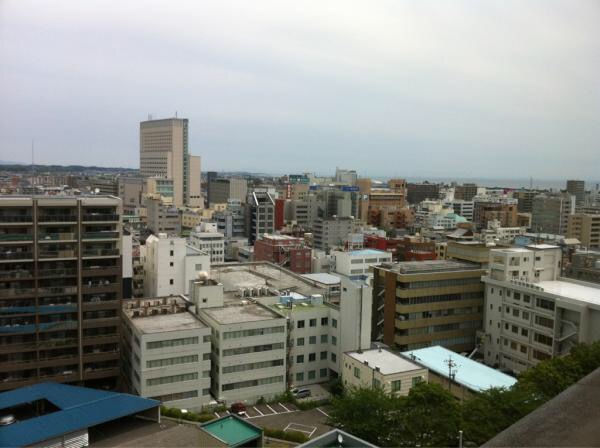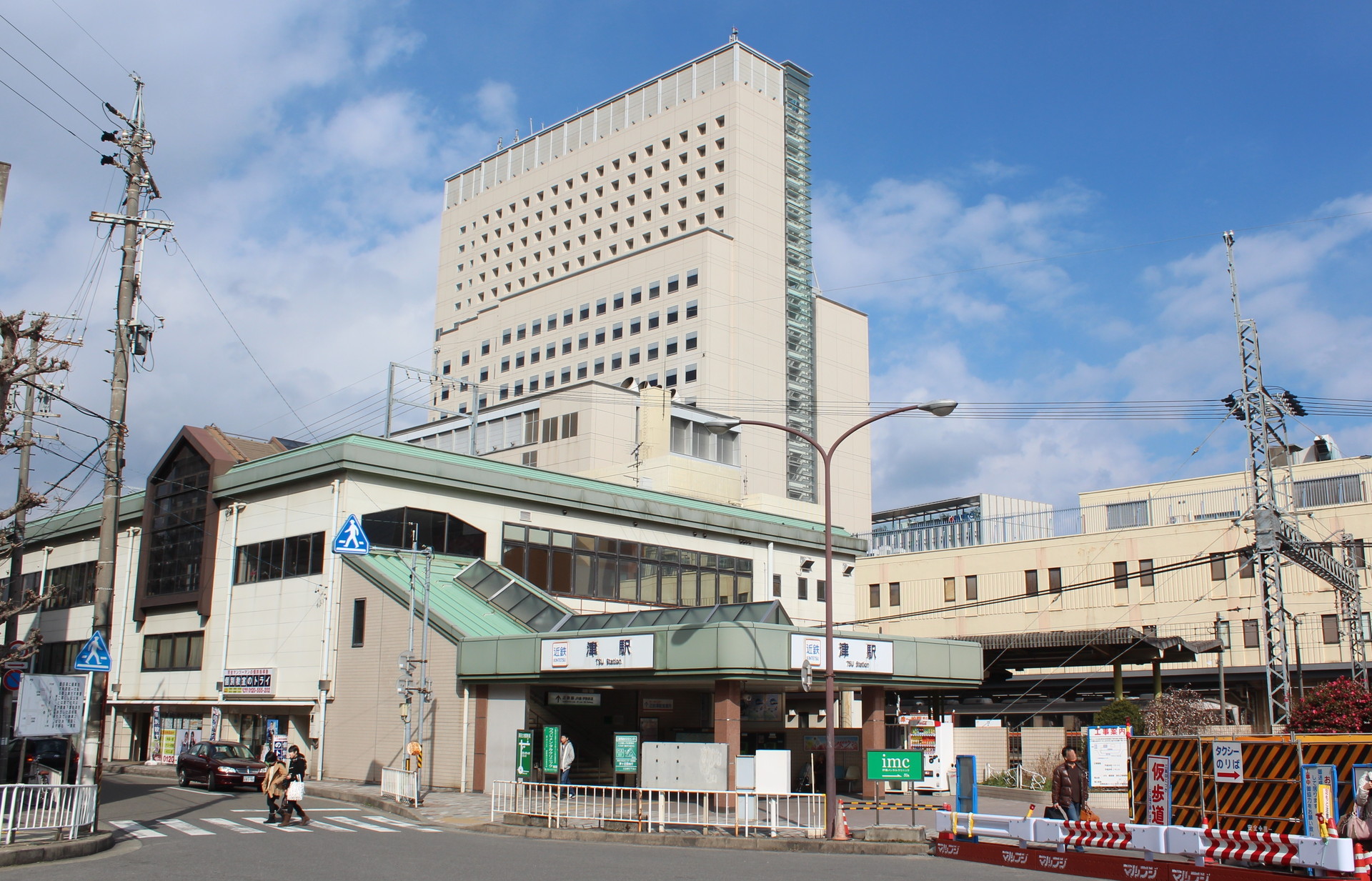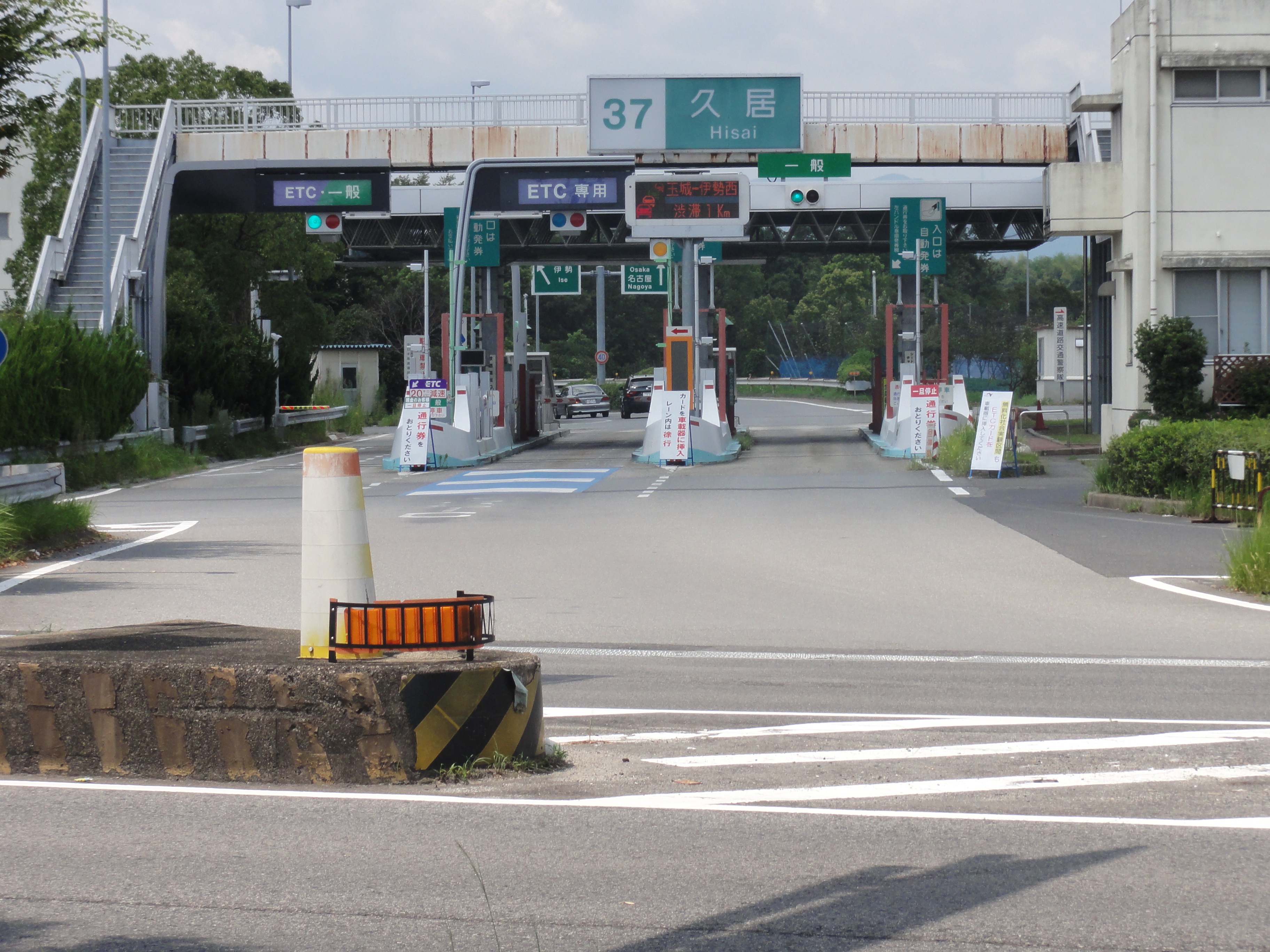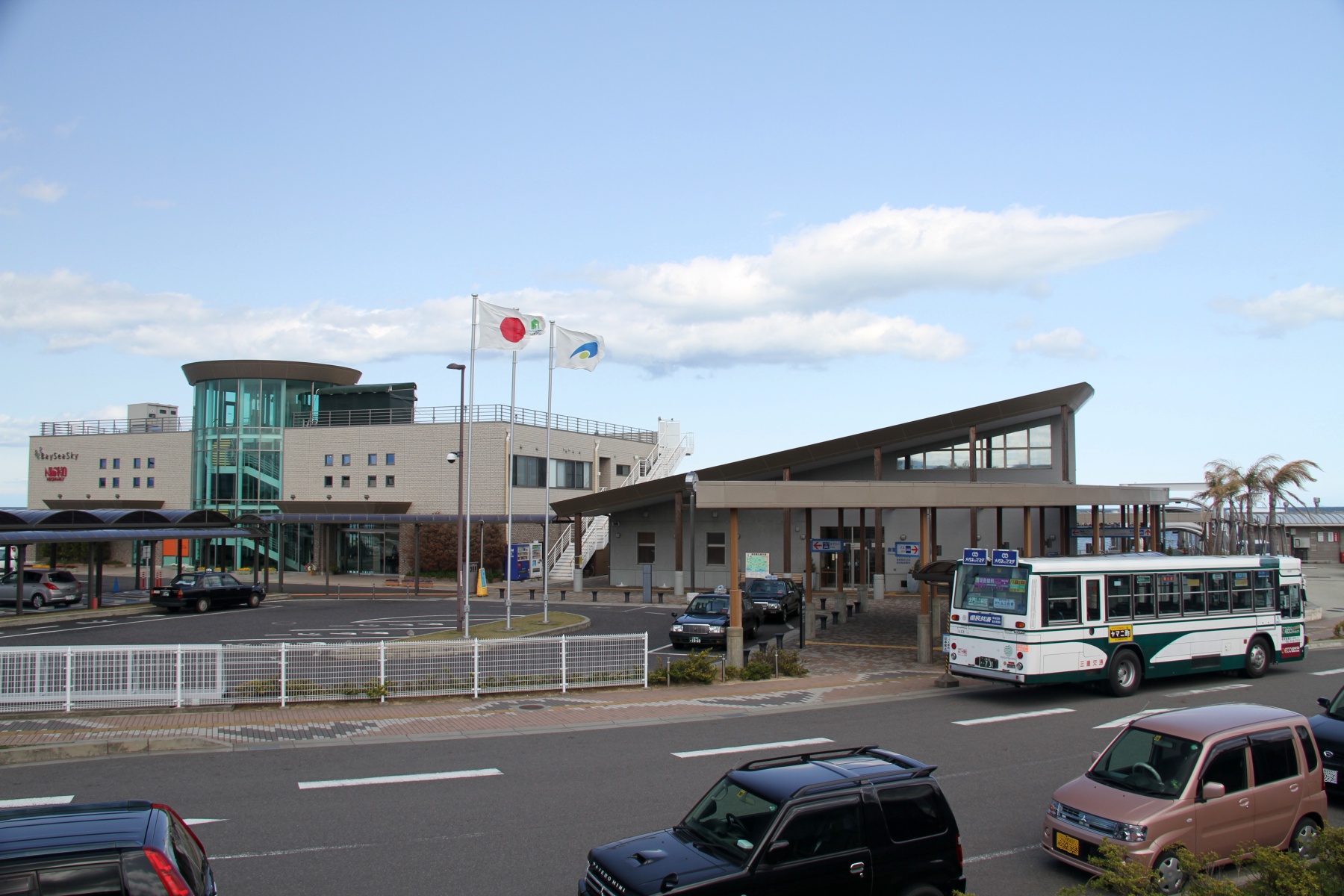Tsu, Mie on:
[Wikipedia]
[Google]
[Amazon]



 is a
is a
File:Kitabatake Akiyoshi.jpg,
File:藤堂高虎像/津城 - panoramio.jpg, Tōdō Takatora
File:Marunouchi, Tsu, Mie Prefecture 514-0033, Japan - panoramio (1).jpg,
File:Tsu Shinsekai before 1945.jpg, Tsu Shinsekai before 1945
On January 1, 2006, the neighboring city of Hisai, the towns of Anō, Geinō and Kawage, and the village of Misato (all in Age District), the towns of Hakusan, Ichishi and Karasu, and the village of Misugi (all in Ichishi District) were merged into Tsu. As a result of the merger, the city became the second largest in Mie by population behind
 Imuraya Confectionery, a confectionery company, and
Imuraya Confectionery, a confectionery company, and



 JR Tōkai – Kisei Main Line
* - - -
JR Tōkai – Kisei Main Line
* - - -
 JR Tōkai –
JR Tōkai –



 is a
is a city
A city is a human settlement of notable size.Goodall, B. (1987) ''The Penguin Dictionary of Human Geography''. London: Penguin.Kuper, A. and Kuper, J., eds (1996) ''The Social Science Encyclopedia''. 2nd edition. London: Routledge. It can be def ...
located in Mie Prefecture
is a prefecture of Japan located in the Kansai region of Honshu. Mie Prefecture has a population of 1,781,948 () and has a geographic area of . Mie Prefecture is bordered by Gifu Prefecture to the north, Shiga Prefecture and Kyoto Prefectur ...
, Japan. , the city had an estimated population
Population typically refers to the number of people in a single area, whether it be a city or town, region, country, continent, or the world. Governments typically quantify the size of the resident population within their jurisdiction usi ...
of 274,879 in 127,273 households and a population density
Population density (in agriculture: standing stock or plant density) is a measurement of population per unit land area. It is mostly applied to humans, but sometimes to other living organisms too. It is a key geographical term.Matt RosenberPopu ...
of 390 persons per km². The total area of the city is . Although the second largest city in the prefecture in terms of population, its designation as the prefectural capital and its holding of a large concentration of national government offices and educational facilities make the city the administrative and educational center of Mie Prefecture.
Geography
Tsu is located in east-centralKii Peninsula
The is the largest peninsula on the island of Honshū in Japan. It is named after the ancient Kii Province.
Overview
The area south of the “ Central Tectonic Line” is called , and is home to reef-like coral communities which are among ...
, in central Mie Prefecture. It is the largest city in Mie Prefecture in terms of area and stretches the width of Mie Prefecture, and is bordered by Ise Bay
is a bay located at the mouth of the Kiso Three Rivers between Mie and Aichi Prefectures in Japan. Ise Bay has an average depth of and a maximum depth of . The mouth of the bay is and is connected to the smaller Mikawa Bay by two channels: ...
on the Pacific Ocean
The Pacific Ocean is the largest and deepest of Earth's five oceanic divisions. It extends from the Arctic Ocean in the north to the Southern Ocean (or, depending on definition, to Antarctica) in the south, and is bounded by the conti ...
to the east, and Nara Prefecture
is a prefecture of Japan located in the Kansai region of Honshu. Nara Prefecture has a population of 1,321,805 and has a geographic area of . Nara Prefecture borders Kyoto Prefecture to the north, Osaka Prefecture to the northwest, Wakaya ...
to the west. Parts of the city are within the limits of the Murō-Akame-Aoyama Quasi-National Park.
Neighboring municipalities
* The city of Suzuka, to the north * The city of Kameyama, to the north * The city of Matsusaka, to the south * The city ofIga Iga may refer to:
Arts and entertainment
* Ambush at Iga Pass, a 1958 Japanese film
* Iga no Kagemaru, Japanese manga series
* Iga, a set of characters from the Japanese novel '' The Kouga Ninja Scrolls''
Biology
* ''Iga'' (beetle), a g ...
, to the west
* The city of Nabari
is a city located in central Mie Prefecture, Japan, bordering on Nara Prefecture to the west. , the city had an estimated population of 77,022 in 34,658 households and a population density of 590 persons per km². The total area of the city is ...
to the west
* The village of Soni, Nara to the west
* The village of Mitsue, Nara to the west
Climate
Tsu has a Humid subtropical climate (Köppen ''Cfa'') characterized by warm summers and cool winters with light to no snowfall. The average annual temperature in Tsu is 15.6 °C. The average annual rainfall is 1931 mm with September as the wettest month. The temperatures are highest on average in August, at around 26.7 °C, and lowest in January, at around 5.0 °C. Precipitation is significant throughout the year, but is heaviest from May to September.Demographics
Per Japanese census data, the population of Tsu has been relatively stable over the past 40 years.History
Origin
Tsu originally developed as a port town known as in the Nara andHeian period
The is the last division of classical Japanese history, running from 794 to 1185. It followed the Nara period, beginning when the 50th emperor, Emperor Kanmu, moved the capital of Japan to Heian-kyō (modern Kyoto). means "peace" in Japan ...
s.
The port was destroyed by a tsunami in the 1498 Meiō Nankaidō earthquake.
Kitabatake Akiyoshi
Kitabatake Akiyoshi (北畠顕能) (1326–1383) was a Kamakura period military figure who defended the Southern Court during the Nanboku-chō period.
The son of Kitabatake Chikafusa, he helped lead loyalist forces in the capture of Kyoto in 1 ...
File:北畠氏館跡庭園.jpg, Kitabatake Family Residence Gardens(Kitabatake Shrine
is a Shinto shrine located in the Misugi neighborhood of the city of Tsu, Mie Prefecture, Japan. It is one of the Fifteen Shrines of the Kenmu Restoration. The main '' kami'' enshrined is the deified spirit of the imperial loyalist Kitabat ...
)
Edo Period
The town was rebuilt as a castle town and a post station by the Tōdō clan, ''daimyō
were powerful Japanese magnates, feudal lords who, from the 10th century to the early Meiji period in the middle 19th century, ruled most of Japan from their vast, hereditary land holdings. They were subordinate to the shogun and nominall ...
'' of Tsu Domain under the Tokugawa shogunate. During the Edo period
The or is the period between 1603 and 1867 in the history of Japan, when Japan was under the rule of the Tokugawa shogunate and the country's 300 regional '' daimyo''. Emerging from the chaos of the Sengoku period, the Edo period was character ...
, it became a popular stopping point for travelers to Ise Grand Shrine
The , located in Ise, Mie, Ise, Mie Prefecture of Japan, is a Shinto shrine dedicated to the sun goddess Amaterasu. Officially known simply as , Ise Jingū is a shrine complex composed of many Shinto shrines centered on two main shrines, and .
...
, about 40 km to the southeast.
Tsu Castle
was a Japanese castle located in the city of Tsu, Mie Prefecture, Japan. During the Edo period, Tsu Castle was home to the Sudo clan, ''daimyō'' of Tsu Domain, who dominated the provinces of Ise and Iga under the Tokugawa shogunate. The castl ...
File:Tage Jōka Ezu.png, This is a map of Tage castle or Kiriyama castle in Edo period.
Modern Tsu
Following theMeiji Restoration
The , referred to at the time as the , and also known as the Meiji Renovation, Revolution, Regeneration, Reform, or Renewal, was a political event that restored practical imperial rule to Japan in 1868 under Emperor Meiji. Although there were ...
, Tsu became the capital of Mie Prefecture in 1871. With the establishment of then modern municipalities on April 1, 1889, Tsu was one of the original 31 cities to be proclaimed. The city borders gradually expanded, with Tsu annexing the neighboring villages of Tatebe and Tosa in 1909, Shinmachi in 1934, Fujimi in 1936, Takachaya in 1939 and Anto, Kanbe and Kushigata in 1943. During World War II
World War II or the Second World War, often abbreviated as WWII or WW2, was a world war that lasted from 1939 to 1945. It involved the World War II by country, vast majority of the world's countries—including all of the great power ...
, Allied air raids on July 24 and July 28, 1945, destroyed most of the city and killed 1,239 people. In 1953, Tsu annexed the neighboring villages of Kumozu in 1953, Isshinden, Shiratsuka, Kurima, and Katada in 1954 and Toyosato in 1973.
Yokkaichi
is a city located in Mie Prefecture, Japan. , the city had an estimated population of 310,259 in 142162 households and a population density of 1500 persons per km². The total area of the city is .
Geography
Yokkaichi is located in north-ce ...
, and the largest in Mie by area ahead of Matsusaka.
Government
Tsu has a mayor-council form of government with a directly elected mayor and a unicameral city council of 34 members. Tsu contributes seven members to the Mie Prefectural Assembly. In terms of national politics, the city is part of Mie 1st district of the lower house of the Diet of Japan.Economy
 Imuraya Confectionery, a confectionery company, and
Imuraya Confectionery, a confectionery company, and ZTV ZTV may refer to:
*ZTV (Sweden), former Swedish television station (1991–2010)
*ZTV (Japan), Japanese cable television operator headquartered in Tsu, Mie Prefecture, Japan
*ZTV Norway, former Norwegian television channel (1995–1996, 2002–2007 ...
, a cable television operator, are headquartered in Tsu.
Education
Colleges and universities
*Mie University
Mie University (三重大学; ''Mie Daigaku'', abbreviated to 三重大 ''Miedai'') is a national university in Tsu, Mie Prefecture, Japan. As with other national universities, Mie University has been a National University Corporation since Apr ...
, the prefecture's only national university.
* Tsu City College
* Mie Prefectural College of Nursing
* Takada Junior College
Primary and secondary education
*Tsu has 48 public elementary schools and 19 public middle schools operated by the city government, one public elementary school and one public middle schools affiliated with Mie University and two private middle schools. The city has nine public operated by the Mie Prefectural Board of Education and three private high schools *The prefecture also operates six special education schools for the disabled.Transportation


Railway
Meishō Line
The is a rural, regional railway line of Central Japan Railway Company (JR Central) in Mie Prefecture, Japan, connecting Matsusaka station in Matsusaka and Ise-Okitsu station in Tsu.
The line takes its name from the kanji characters of the ...
* - - - – - - - - - - -
20px Kintetsu Railway - Nagoya Line
* - - - - - - - - -
20px Kintetsu Railway - Osaka Line
* - - - -
Ise Railway - Ise Railway Ise Line
* – – -
Highway
Expressway
* 24px, link=, alt=E23 Ise ExpresswayJapan National Route
* * * * * * * * ]Sea Ports
* Port of Tsu-MatsusakaSister city relations
* – Higashishirakawa, Gifu, since June 28, 1989 * – Osasco,São Paulo
São Paulo (, ; Portuguese for ' Saint Paul') is the most populous city in Brazil, and is the capital of the state of São Paulo, the most populous and wealthiest Brazilian state, located in the country's Southeast Region. Listed by the GaW ...
, Brazil, since October 18, 1976
* – Zhenjiang
Zhenjiang, alternately romanized as Chinkiang, is a prefecture-level city in Jiangsu Province, China. It lies on the southern bank of the Yangtze River near its intersection with the Grand Canal. It is opposite Yangzhou (to its north) a ...
, Jiangsu
Jiangsu (; ; pinyin: Jiāngsū, alternatively romanized as Kiangsu or Chiangsu) is an eastern coastal province of the People's Republic of China. It is one of the leading provinces in finance, education, technology, and tourism, with it ...
, China – since June 11, 1984
Local attractions
Tsu is famous for its , a festival commemorating the arrival of theJoseon Tongsinsa
The Joseon Tongsinsa were goodwill missions sent intermittently, at the request of the resident Japanese authority, by Joseon dynasty Korea to Japan. The Korean noun identifies a specific type of diplomatic delegation and its chief envoys. From ...
delegation from Korea during the feudal period. There are two other cities that celebrate Tōjin Odori: Suzuka city in Mie Prefecture and Ushimado-chō in Okayama Prefecture.http://www006.upp.so-net.ne.jp/asao/toujin.htm 唐人踊り (Tōjin Odori)
The ruins of Tsu Castle
was a Japanese castle located in the city of Tsu, Mie Prefecture, Japan. During the Edo period, Tsu Castle was home to the Sudo clan, ''daimyō'' of Tsu Domain, who dominated the provinces of Ise and Iga under the Tokugawa shogunate. The castl ...
have been made into a downtown city park.
Kitabatake Shrine
is a Shinto shrine located in the Misugi neighborhood of the city of Tsu, Mie Prefecture, Japan. It is one of the Fifteen Shrines of the Kenmu Restoration. The main '' kami'' enshrined is the deified spirit of the imperial loyalist Kitabat ...
and Yūki Shrine are notable local Shinto
Shinto () is a religion from Japan. Classified as an East Asian religion by scholars of religion, its practitioners often regard it as Japan's indigenous religion and as a nature religion. Scholars sometimes call its practitioners ''Shint ...
shrines.
Culture
Sports
Baseball
*Mie Takatora baseball club(JABA)Volleyball
*Veertien Mie( V.League)Notable people
* Sho Gokyu, professional soccer player * Mika Hagi, 2007 Miss Japan *Mu Kanazaki
is a Japanese professional footballer who plays for J2 League club Oita Trinita. He scored the two goals that gave his team the title of the 2016 J1 League over Urawa Red Diamonds.
Club career
On 25 March 2020, Kanazaki returned to Nagoya Gramp ...
, professional soccer player
* Kōji Kitao, sumo wrestler
* Kotokaze Kōki, sumo wrestler
* Ayumi Oka, actress
* Hiroshi Okuda, former president of Toyota Motors
*Edogawa Rampo
, better known by the pen name was a Japanese author and critic who played a major role in the development of Japanese mystery and thriller fiction. Many of his novels involve the detective hero Kogoro Akechi, who in later books was the ...
, author
* Kōdō Sawaki, Zen Buddhist
* Chikara Sakaguchi, politician
* Yuki Hashimoto, politician, former idol
* Hidesaburō Ueno, agricultural scientist
* Saori Yoshida, Olympic wrestler
* Yoshihito Nishioka, professional tennis player
References
External links
* * {{Authority control Cities in Mie Prefecture Populated coastal places in Japan Port settlements in Japan